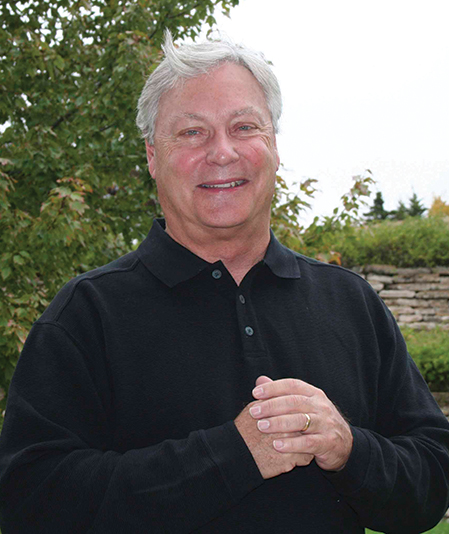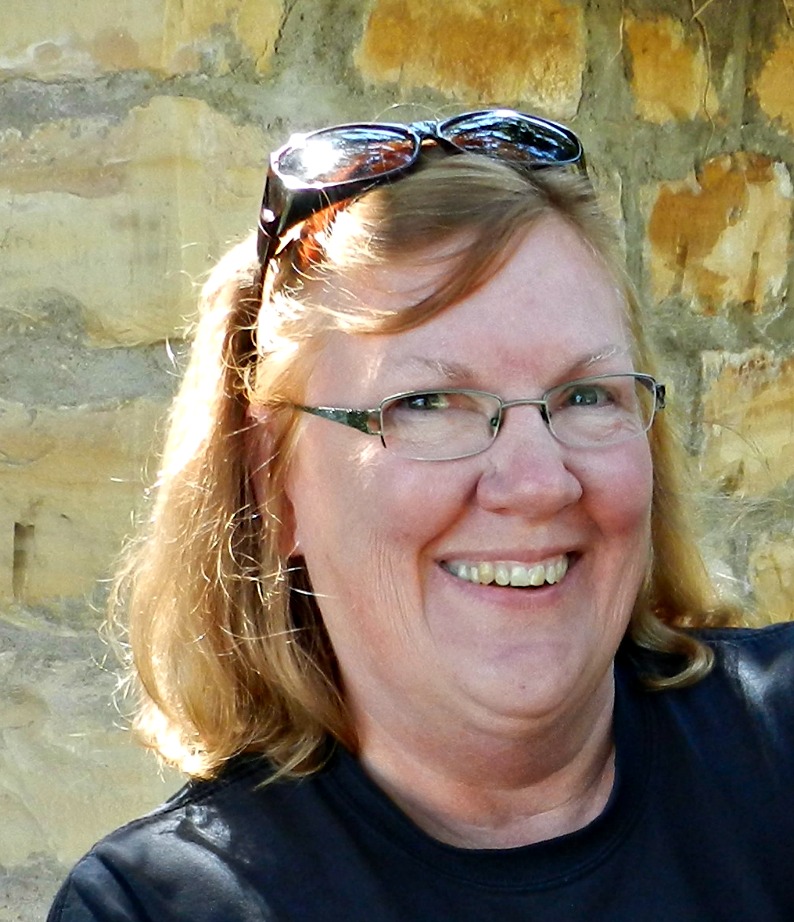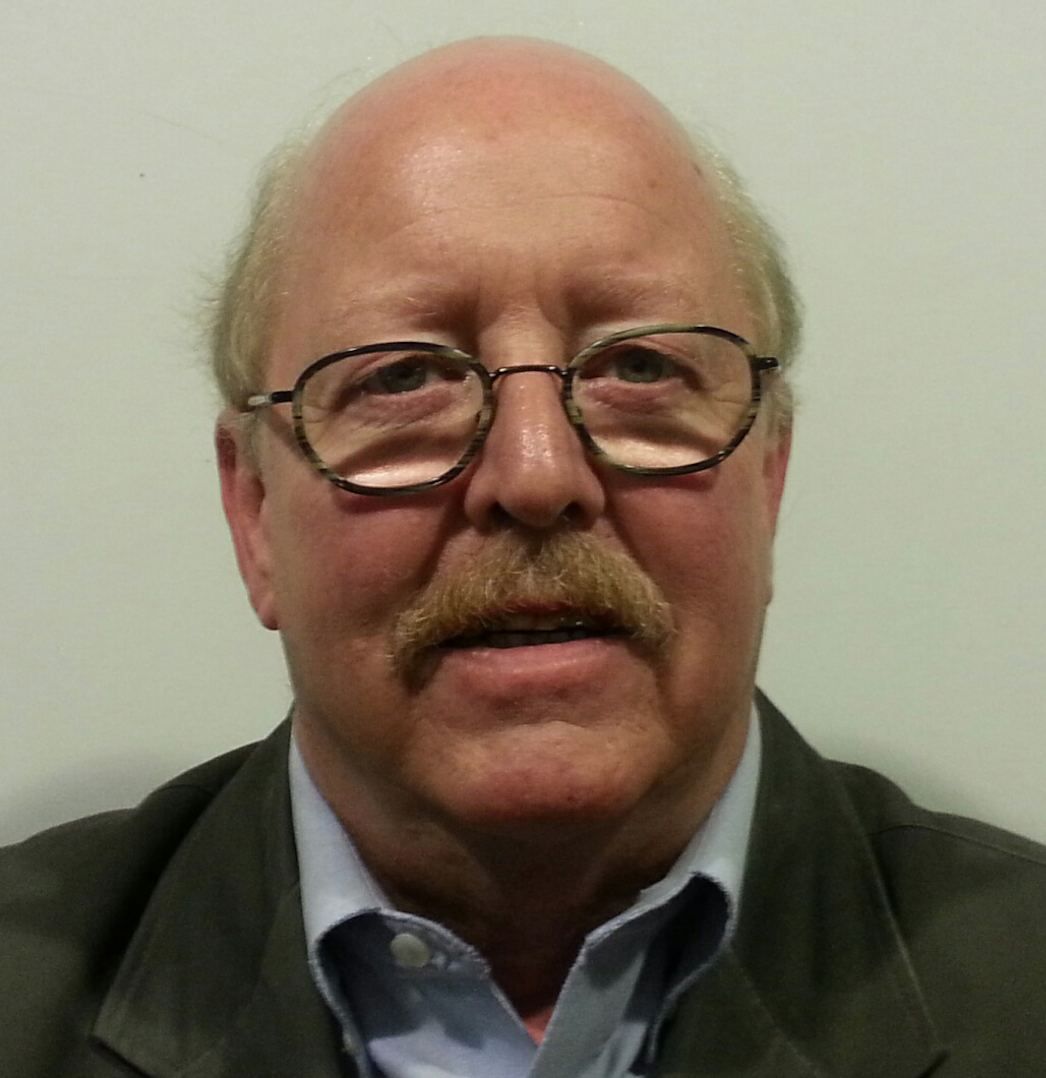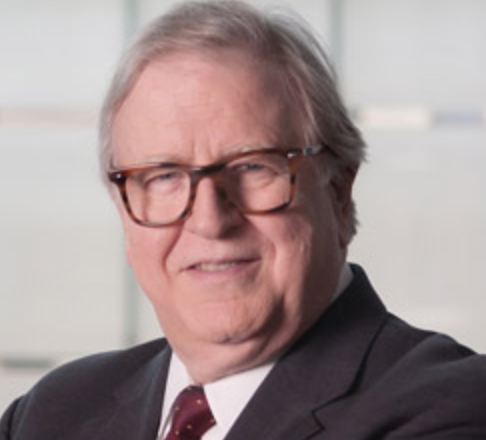
September 1, 2017, was a deadline for high school instructors of academic college credit courses to have a masters degree and 18 graduate credit hours in the topic being taught.
High schools offer many such dual-credit or concurrent courses in cooperation with nearby higher education institutions. Those universities, community colleges and technical colleges are accredited by the Higher Learning Commission (HLC). And the HLC set September 1, 2017 as a deadline for instructors of college credit courses having a degree higher than the course level being taught.
Therefore, if a high school teacher is teaching a math or biology class or other general education academic course for dual credit in college, that teacher must have a masters degree and at least 18 graduate credit hours of math or biology or the other academic field, respectively.
Many Kansas students are now graduating high school with a year or more of college dual-credits, but in many cases their teachers lacked those qualifications. The decline in dual-credit courses this fall would have been dramatic. Therefore the Kansas Governor and the heads of the K-NEA, the Kansas State Department of Education and the Kansas Board of Regents requested more time to meet this requirement.
The HLC responded by allowing: “…the opportunity for institutions with dual credit programs to seek an extension of the deadline from September 2017 to September 2024 as to faculty teaching in the dual credit program only.”
The following higher education schools chose not to apply for an extension: Allen County, Barton County, Highland, Independence, and Kansas City Kansas Community Colleges; Salina Area Technical College; and Emporia State and Fort Hays State Universities. Therefore high school academic dual credit courses taught under their purview should now all have instructors who have a masters degree and at least 18 graduate credit hours in the subject taught.
The following schools did apply to HLC and received an extension, usually to 2022: Butler County, Cloud County, Coffeyville, Colby, Cowley County, Dodge City, Fort Scott, Garden City, Hutchinson, Johnson County, Labette, Neosho County, Pratt, and Seward County Community Colleges; Flint Hills, Northwest Kansas, and Wichita Area Technical Colleges; and Kansas, Washburn, and Wichita State Universities. High school academic courses under their purview may have instructors who do not yet have the credentials but may continue teaching until 2022. Some institutions are working with high school instructors to bring them up to the HLC standard.
A few higher education institutions have not yet replied to my inquiry: Manhattan Area and North Central Kansas Technical Colleges; and Kansas State and Pittsburg State Universities.
In both high school and higher education, the need for a teacher credentialed higher than the level being taught has universally been recognized for academic courses, such as college general education courses in math, sciences, etc. At both high school and college levels, the only exception is for technical courses such as welding taught by a master welder, an art technique course taught by a noted artist who has had public exhibitions, or a higher ed course in forensic sciences taught by a veteran policeman.
Long ago, the Kansas Legislature established the opportunity for secondary students to take college credit work, intending that it would be for a few exceptional students—the few Doogie Howser child prodigies. And it was allowed only on the recommendation of a high school administrator. Today, everyone seems to have a Doogie Howser.
The quality and rigor of a course is dependent on the teacher. And while there are some advanced high school courses that are taught by excellent and qualified teachers, a very substantial number of regular high school courses have also been given college credit, in turn making a four-year college degree barely a three-year degree.
High school students taking academic dual credit courses this fall would be well advised to inquire if their teacher is qualified to teach the course for college credit. They are paying college tuition and deserve a college-level course. And the future accreditation of the overseeing higher education institution depends on following the HLC rules.
Regent schools that have requested an extension
Butler County Community College
Cloud County Community College
Coffeyville Community College
Colby Community College
Cowley County Community College
Dodge City Community College
Flint Hills Technical College
Fort Scott Community College
Garden City Community College
Hutchinson Community College
Johnson County Community College
Labette Community College
Neosho County Community College
Northwest Kansas Technical College
Pratt Community College
Seward County Community College
University of Kansas
Washburn University
Wichita Area Tech College
Wichita University
Regent schools that have NOT requested an extension
Allen County Community College
Barton County Community College
Emporia State University
Fort Hays State University
Highland Community College
Independence Community College
Kansas City Kansas Community College
Salina Area Technical College
No reply
Kansas State University
Manhattan Area Technical College
North Central Kansas Tech College
Pittsburg State University
John Richard Schrock is a professor at Emporia State University.























